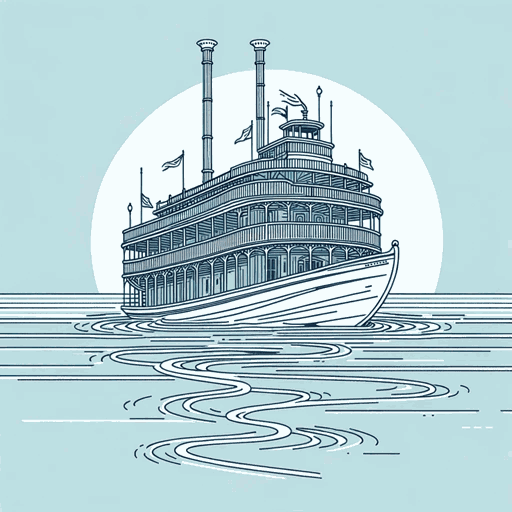56 pages • 1 hour read
John BarthThe Floating Opera
Fiction | Novel | Adult | Published in 1956A modern alternative to SparkNotes and CliffsNotes, SuperSummary offers high-quality Study Guides with detailed chapter summaries and analysis of major themes, characters, and more.
Symbols & Motifs
Breaking the Fourth Wall
Todd’s ability to stop the narrative and comment on the story he is writing is a metafictional technique that creates the novel’s nonlinear structure. Todd’s primary desire is to write about June 1937, but he gets sidetracked, remembering other stories he wants to tell. When Todd sees Jane in his bed in 1937, he remembers how they met, and sidelines the main plot: “I’ll explain it now: it’s a good yarn, and Capt. Osborn can wait a chapter for his rye” (19). Barth’s stylistic decision to let Todd break the fourth wall allows subplots to unfold, shining a new light on Todd and the other characters. We see how Todd and Jane behaved when they first became lovers, and can contrast that with their relationship years later, without needing to tell it linearly. Todd’s tendency to get off track and explain other parts of his life reinforces that the reader only has Todd’s imperfect memory to rely on. The Floating Opera is his subjective view of the world, the way every person’s story is their subjective view of the world. Breaking the fourth wall fills Todd and his world with doubt,


